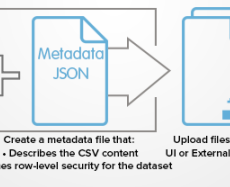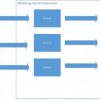We implemented EASY, an open-source solution for building applications (think admissions applications, not an app in Salesforce 😁), and it has been a great tool. (The EASY tool is open-sourced by Maryville University through the generosity of the Salesforce.org Force for Change Grant.) EASY provides a significant amount of flexibility and customization and has many features our users have found valuable. In this blog, I will share why we moved to EASY, some of its features, and some tips and tricks for implementation.
Our college began using Salesforce in 2015 for recruiting and admissions for our graduate programs. We transitioned to the solution in order to have more insight into our recruiting funnel and to target prospects with our messaging. We also wanted more flexibility and control of the admission application itself, which we didn’t have through our campus solution. When we first moved to Salesforce, we used a managed package for applications.
However, we started to outgrow the package and the customization we desired was becoming more limited. We were also growing our Salesforce use cases and moving from a managed package would allow us to re-prioritize our budget to other areas. EASY, an open-source solution that allows users to build and control applications, was a great solution for us! It solved some of our biggest needs: it is highly customizable (and open source so we have full control), can be implemented quickly, and does not have a fee associated with it. That’s right – it is a free tool! 😁 We decided to create a new Salesforce instance and started our journey of implementing EASY, Lightning, EDA, and Pardot.
Here are a few of the awesome features of EASY in case you are not familiar with it:
- EASY can be installed in an org with the Education Architecture (EDA) but can also be installed in orgs without EDA. Many use cases can be explored in other industries as well since the solution is flexible in this way.
- EASY comes with a checklist that you can display to the applicant, allowing them to quickly see which pieces are completed or missing.
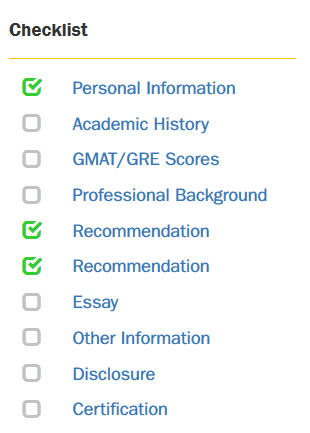
- There is also a built-in solution that allows a user to view the application in its entirety and submit a review of the application. Think admissions committees and each member being able to review the application and enter decision and notes.
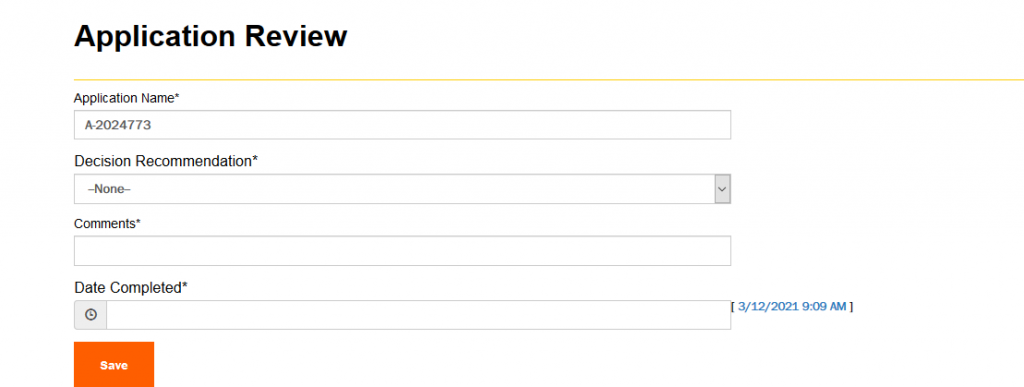
- EASY allows you to map the answers to the questions to fields on the contact or application objects as well as objects related to these. We found this incredibly useful for reporting purposes. (See Application Field, Contact Field, and Related Object Field in the screenshot below.)
- There are many filtering options to control who sees which sections and questions when. For example, we have sections that only appear after admission to gather post-admission details. (See Filtering Information section in the screenshot below.) You can also use question dependencies to filter questions based on previous responses.
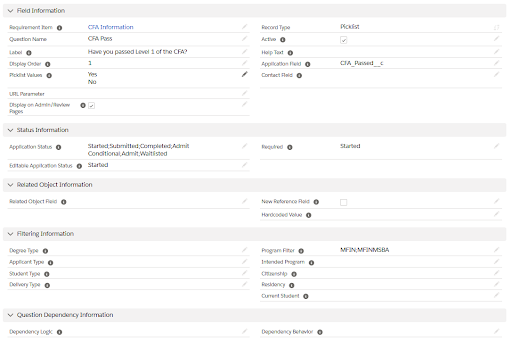
Based on our implementation and now a year and half of being live in EASY, we learned some tips and tricks along the way.
- EASY allows you to control the branding the applicant sees. Some of this can be done quickly by entering data into an EASY application control record. However, other changes require a bit more work in order to find the various places that the branding is controlled in the code.
- Initially, understanding how the various objects are related and the nuances of the functionality can be a bit confusing. However, after you build some sample questions and test EASY out, the setup becomes very intuitive. I encourage you to dive in and do some testing before you start planning your build.
- I strongly encourage you to determine the application requirements, subsections, and questions before entering data into EASY. This helps make it much easier to build the questions with a minimal amount of editing. In fact, you can even use a spreadsheet for these items and create them via a data upload.
- EASY is based on data so we have found it helpful to have a full sandbox to use for testing since an application in EASY is built with data.
Here are some additional considerations.
- Currently, the external-facing pages are built in visualforce instead of lightning. To use the pages in our lightning community and achieve the branding we desired (custom header/footer), we embedded them into our lightning community with an iFrame. (Remember, it is open source so feel free to rebuild them in lightning and share them with the community!)
- We felt it was critical to display messaging to our applicants so we built a custom object, lightning component, and some code for this purpose. We can now show information, such as instructions, application status, and contact details, and filter it by program, term, status, etc.
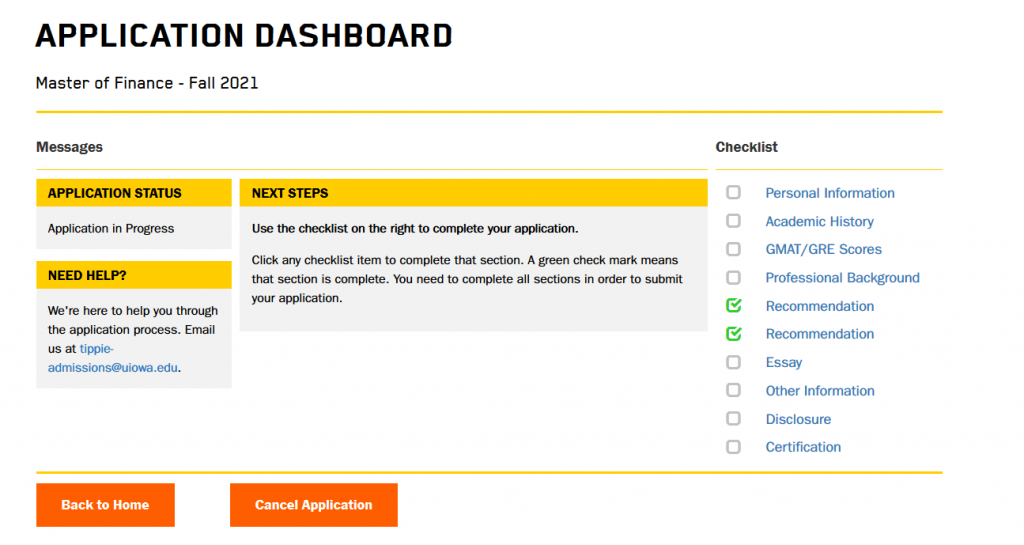
- Since this is an open-source solution, there is no support available for the solution like there is for most managed packages. Limited support is available by posting questions in the community or you could hire a consultant if you desire additional support.
Quick Takeaway
If you are interested in learning more about EASY, there are many resources available.
- Check out my presentation at the Upper Midwest Higher Education User Group meeting. (Click here for the slides.)
- You can hear my recording at the 2 hr 58 min mark by clicking here.
- The EASY GitHub
- the EASY group in the Power of Us Hub
As always, you can reach me at buyan@eigenx.com or feel free to post your comments below for any questions.
Please subscribe
Subscribe to our mailing list and get tips to maximize salesforce to your email inbox.
I am honored to have your subscription. Stay tuned for tips to maximize your salesforce investment
Something went wrong.

